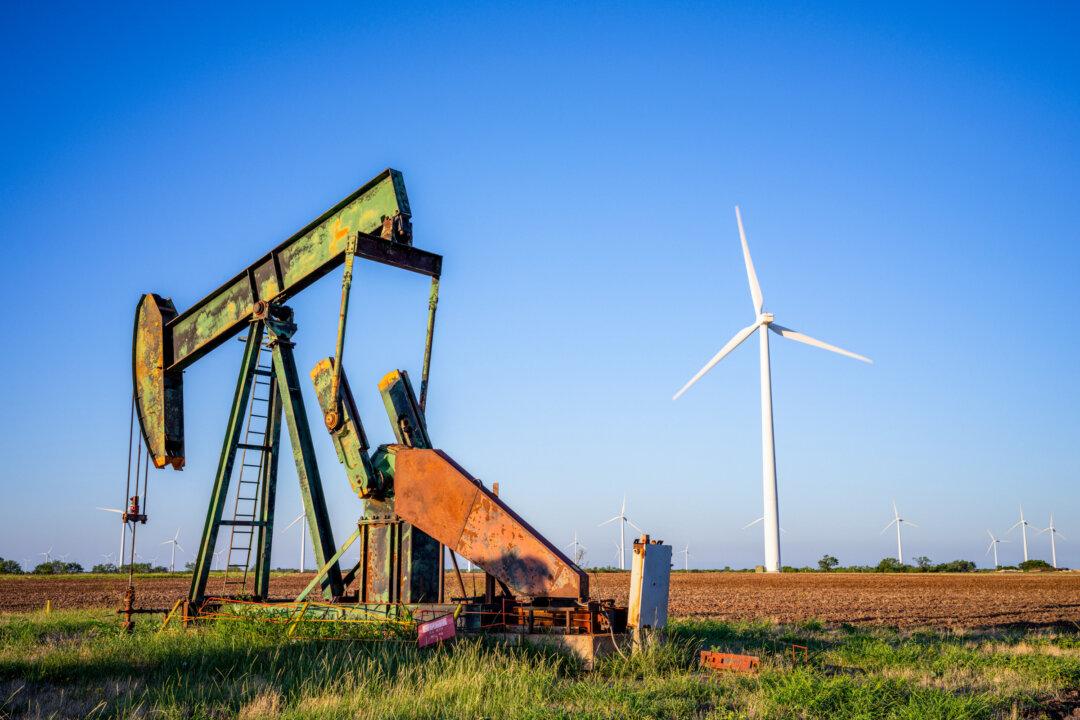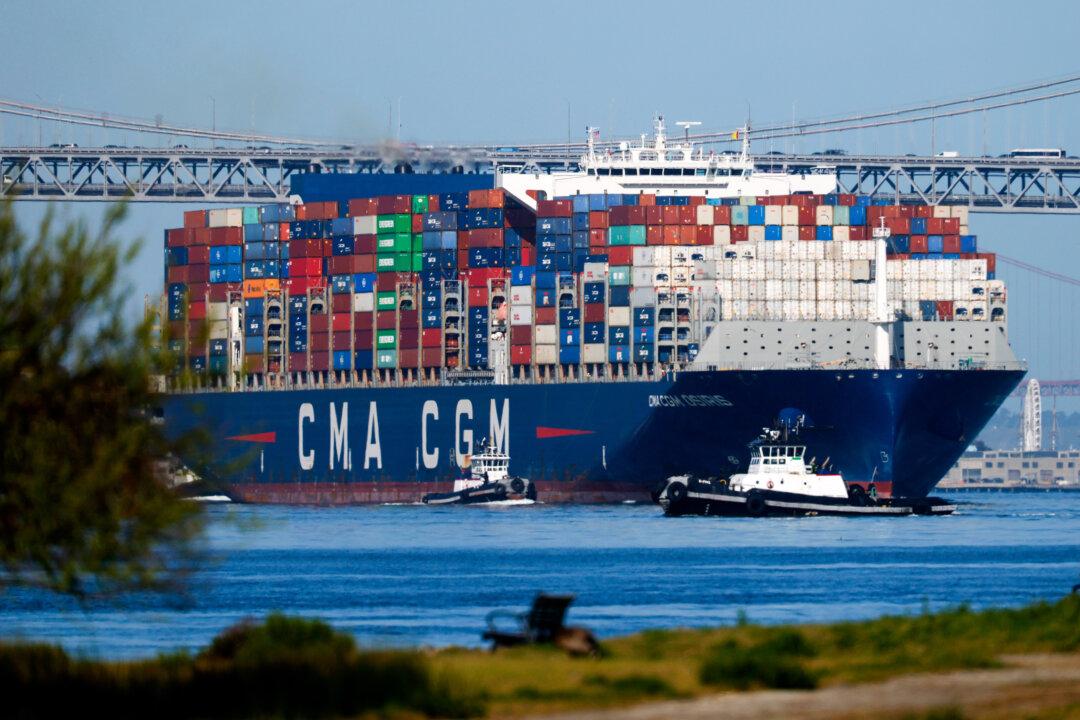ConocoPhillips and the state’s bipartisan congressional delegation weren’t among the critics.
For Houston-based ConocoPhillips, the White House approval ends five years of regulatory review that saw the energy company’s initial five-pad proposal whittled back to three with mounting concern—until the decision was released on March 13; the Department of Interior’s (DOI) Bureau of Land Management (BLM) had recommended that Willow be trimmed to two pads, which would have made the endeavor financially infeasible.
ConocoPhillips in its statement said that it “welcomes the decision ... adopting the three core pads” plan, and Lance assured Willow “will provide reliable energy while adhering to the highest environmental standards.”

2,500 Construction Jobs; 300 Permanent Workers
ConocoPhillips will spend up to $8 billion to build the roads, pipelines, and 219 wells that will require the hiring of 2,500 Alaskan construction workers, which drew support for the project from the Alaska CIO-AFL.The three 12-acre gravel pads will span 556 acres. Each pad, where the project’s 300 permanent workers will live, has a 55-square-mile horizontal drilling radius at 22,000 feet deep. The company plans to extend the pad drilling radius to 154 square miles, and go as deep as 37,000 feet below the tundra, during the project’s 30-year lifespan.
The company forecasts Willow will produce as much as 180,000 barrels of oil a day, about 1.5 percent of total U.S. oil production. Over its three-decade lifespan, it will produce more than 600 million barrels of oil and generate up to $17 billion in revenues for the federal government, Alaska, the North Slope Borough, and North Slope communities, ConocoPhillips says.
ConocoPhillips submitted its five-pad proposal in 2018. It was approved by the Trump administration’s DOI in October 2020. Meanwhile, Earthjustice was among the groups that legally challenged the BLM’s environmental impact statement (EIS) approving the project. The Biden administration’s Justice Department defended the EIS in court proceedings.
In August 2021, a federal judge stayed approval and returned the EIS to the BLM for revision, ordering it be ready within 18 months.
The BLM issued its renewed review on Feb. 1, recommending in its “preferred alternative” that Willow be reapproved, but scaled back to three pads from five.
Following a 30-day public comment period after the BLM published its revised EIS on Feb. 1, which expired on March 2, a decision was expected any time after.

Alaskans Applaud
Both chambers of the Alaska Legislature unanimously adopted a resolution approving the Willow Project. Republican Gov. Mike Dunleavy is a proponent, and the state’s congressional delegation—Republican Sens. Lisa Murkowski and Dan Sullivan and Democrat Rep. Mary Peltola—support the project.On March 1, Murkowski, Sullivan, and Peltola joined an “amazing constellation of Alaska royalty” including state lawmakers, union representatives, Native Americans, and Alaskan Natives in Washington to call on Biden to approve Willow.
“We did it, Alaska!” Murkowski wrote in a tweet. “I’m so relieved that an economically viable Willow Project is being reapproved. What a huge and needed victory for all Alaska. This project will produce lasting economic and security benefits for our state and the nation.”
Sullivan said the project “is critically important for Alaska’s economy, good-paying jobs for our families, and the future prosperity of our state” and also “for our national security and environment. Producing much-needed American energy in Alaska with the world’s highest environmental standards and lowest emissions enhances the global environment.
“Now, it’s on us here in Alaska to make sure that we make the best of this opportunity—that we use the revenues and jobs and economic opportunity from this project to make investments in the future of Alaska,” Peltola said. “We need to build up our schools, our housing stock, our rural Internet and electric grids, and more, in order to make this a truly 21st-century economy. We can make Alaska a national and global example of what an energy bridge to the future truly looks like.”

New Restrictions ‘Legally Dubious’
While welcoming the Willow approval, Sullivan criticized the administration’s decision to make 2.8 million acres of the Beaufort Sea in the Arctic Ocean and 13 million acres within the National Petroleum Reserve Alaska indefinitely off limits for future oil and gas leasing.“The fight to unleash American and Alaskan energy is far from over,” he said. “The fact that this Willow [decision] comes with the announcement of future legally dubious resource development restrictions on Alaska lands and waters is infuriating and demonstrates that the Biden administration’s unprecedented lock-up of our state will continue.”
The Arctic restrictions also drew a rebuke from the American Petroleum Institute (API), representing the nation’s largest oil and gas companies, which cited the administration’s confusing “mixed signals” to the industry.
“In the current energy crisis, the Biden administration should be focused on strengthening U.S. energy security and standing with the working families of Alaska by supporting the responsible development of federal lands and waters—not acting to restrict it,” API Senior Vice President Frank Macchiarola said in a statement. “We urge the administration to end the mixed signals on energy policy and focus instead on real solutions for the American people.”

Environmental Concerns
Opponents call the Willow Project “a carbon bomb” noting, by the BLM’s analysis, it would produce enough oil each year to release 9.2 million metric tons of carbon into the atmosphere, the equivalent to the combined emissions of 2 million gas-powered cars.Over the course of 30 years, the BLM calculates, Willow would release an estimated 278 million metric tons of carbon, which opponents say is more than 70 coal-fired power plants could produce every year.
Approving the three-pad proposal angered many Democrats and environmental groups, including the League of Conservation Voters, Sierra Club, and Earthjustice, among key vote-generators for Biden’s presidential campaign. Opponents launched a #StopWillow petition blitz, convincing more than 50 million signees to demand that he stop the project.
He said those “harmful effects” will be felt environmentally and by Biden politically.
“By allowing ConocoPhillips to move forward with this operation, [Biden] and his administration have made it almost impossible to achieve the climate goals they set for public lands,” he said.
“Willow will be one of the largest oil and gas operations on federal public lands in the country, and the carbon pollution it will spew into the air will have devastating effects for our communities, wildlife, and the climate. We will suffer the consequences of this for decades to come.”
“We are too late in the climate crisis to approve massive oil and gas projects that directly undermine the new clean economy that the Biden Administration committed to advancing,” Earthjustice President Abigail Dillen said in a statement, hinting at legal action.
“We know President Biden understands the existential threat of climate, but he is approving a project that derails his own climate goals.”
Sullivan said proponents are ready for expected legal challenges.
“We are prepared to defend this decision against likely frivolous legal challenges from the same Lower 48 NGOs who’ve consistently tried to kill the Willow Project,” he said. “We will do so by working closely with the same Alaska stakeholders who brought us this far. We hope that the Alaska federal judge taking this case hears and respects their voices.
“Alaskans should take pride in knowing that when we come together and fight together for our common prosperity, our voices cannot be ignored.”





